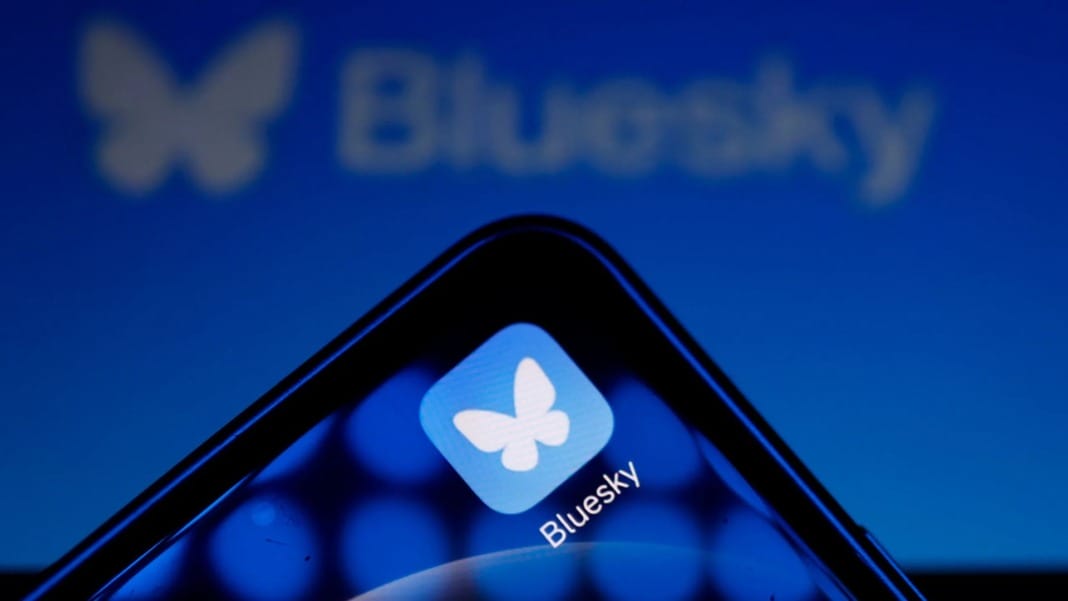Bluesky, the platform that started as a Twitter project, is now making waves in social media, hitting the 15 million user mark. In a single week, Bluesky saw over a million new sign-ups, with more people curious about this growing alternative to X (formerly Twitter). Despite being significantly smaller than Meta’s Threads, Bluesky is quickly gaining attention. Here’s how Bluesky is making its mark and attracting users fed up with big tech’s typical approach to social media.
User growth amid curiosity and discontent
hello and welcome to the 1M people that have joined Bluesky in the last week!!!
— Bluesky (@bsky.app) November 13, 2024 at 3:39 AM
[image or embed]
While Bluesky’s 15 million users pale in comparison to Threads’ massive 275 million, it’s clear that curiosity about Bluesky is growing. Recently, “Bluesky” became a trending topic on Threads as more users discussed and searched for the platform. Meta’s platform recorded around 19,000 posts mentioning “Bluesky,” it has become a recommended topic in the Threads search feature. Bluesky has been actively posting on Threads to attract these users, hoping to engage those who may be open to trying a new social experience.
This strategy is bearing fruit. Just a month ago, Bluesky had fewer than 9 million users. Since then, not only has its user base expanded rapidly, but the app also achieved the top ranking in Apple’s App Store, beating popular apps like Threads and ChatGPT. This recent surge may be partly fuelled by frustration with Elon Musk’s X, especially during the recent U.S. presidential election.
A report from the web analytics company SimilarWeb highlights this shift. According to their findings, more than 115,000 U.S. users deactivated their accounts on X on November 7, the highest single-day deactivation rate during Musk’s time as CEO. In the week surrounding the election, Bluesky saw a noticeable increase in web traffic and daily active users, briefly surpassing Threads in U.S. web visits—though Threads still holds a clear lead in mobile usage. The report summarises this trend, noting that while both Bluesky and Threads are app-focused, Bluesky’s web version boosted during this politically charged period.
Bluesky’s fresh approach to social media
One of Bluesky’s key differentiators is its determination to set itself apart from the larger social platforms dominated by algorithms and ad-driven content. Originally an in-house Twitter project, Bluesky eventually became an independent platform, allowing it to explore unique features and experiences. Bluesky is now betting on tools like custom feeds, user-driven moderation options, and “starter packs” designed to make onboarding more accessible for newcomers.
Bluesky’s Chief Operating Officer, Rose Wang, explained the platform’s philosophy in a video shared earlier this week. Addressing new users, Wang highlighted Bluesky’s approach, which differs from the standard social media model: “You’re probably used to being trapped in a single algorithm controlled by a small group of people, that’s no longer the case here,” Wang said. “On Bluesky, there are about 50,000 different feeds … These feeds provide a cosy corner for you to meet people with similar interests. And you can make friends again because you’re no longer tied to a dominant algorithm that promotes either the most polarising posts or the biggest brands, and that’s the mandate of Bluesky.”
This message is central to Bluesky’s appeal, particularly for users seeking a more personal and less commercially driven experience. While it’s too early to say if Bluesky can compete long-term with platforms like Threads and X, its growth in recent months signals an appetite for alternatives to traditional social media. With a steady user base and new features in development, Bluesky may have found its niche as a community-focused, algorithm-free alternative in the crowded social media landscape.





